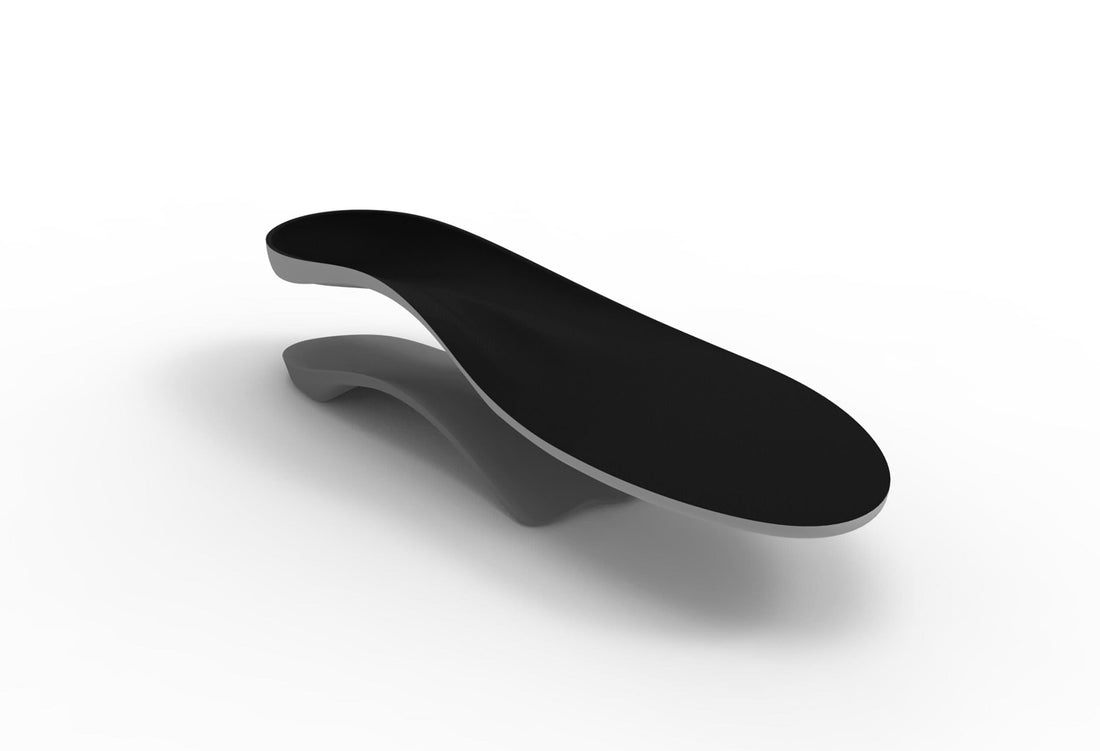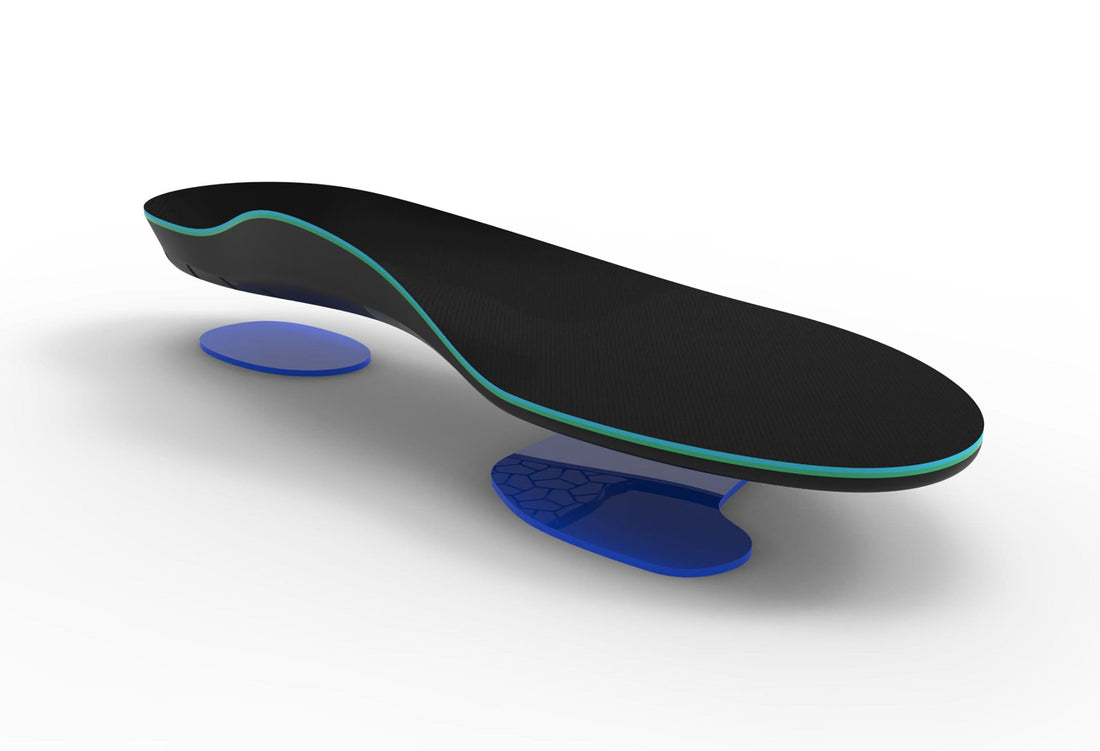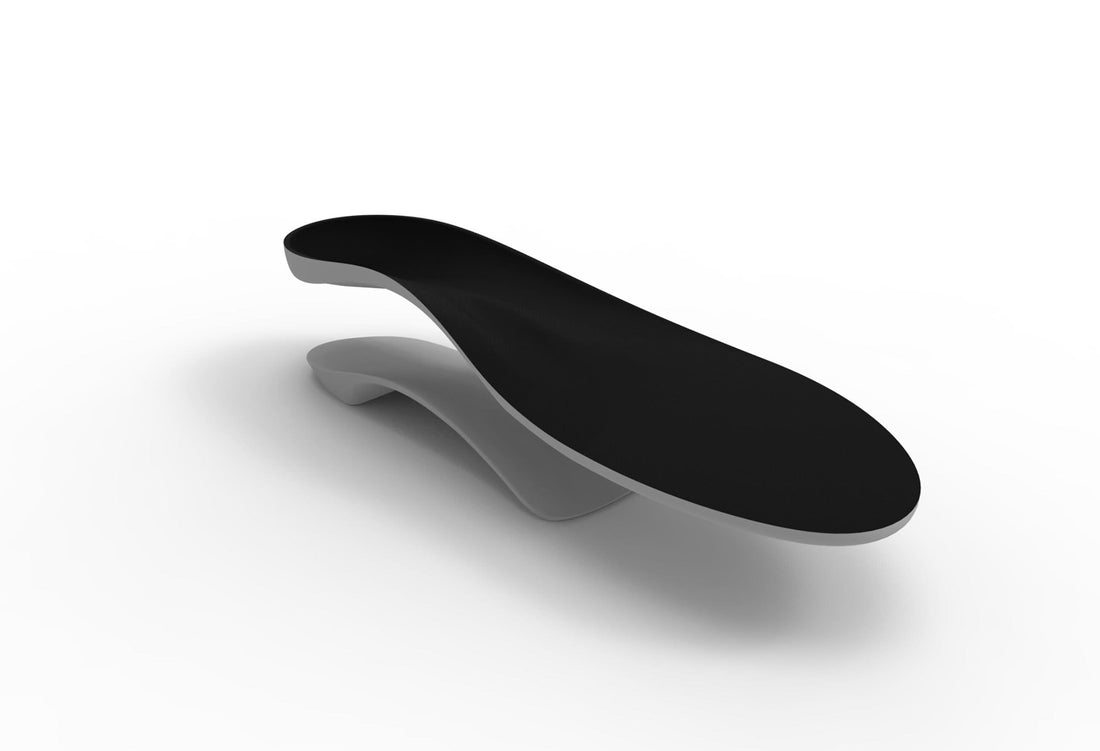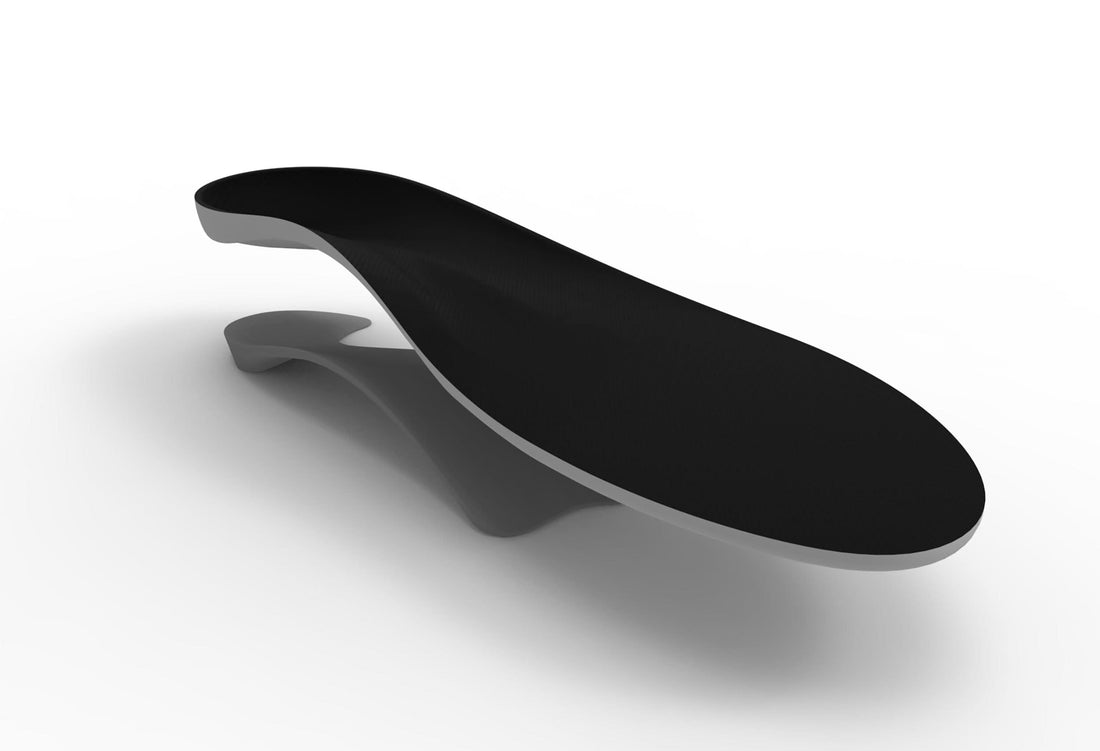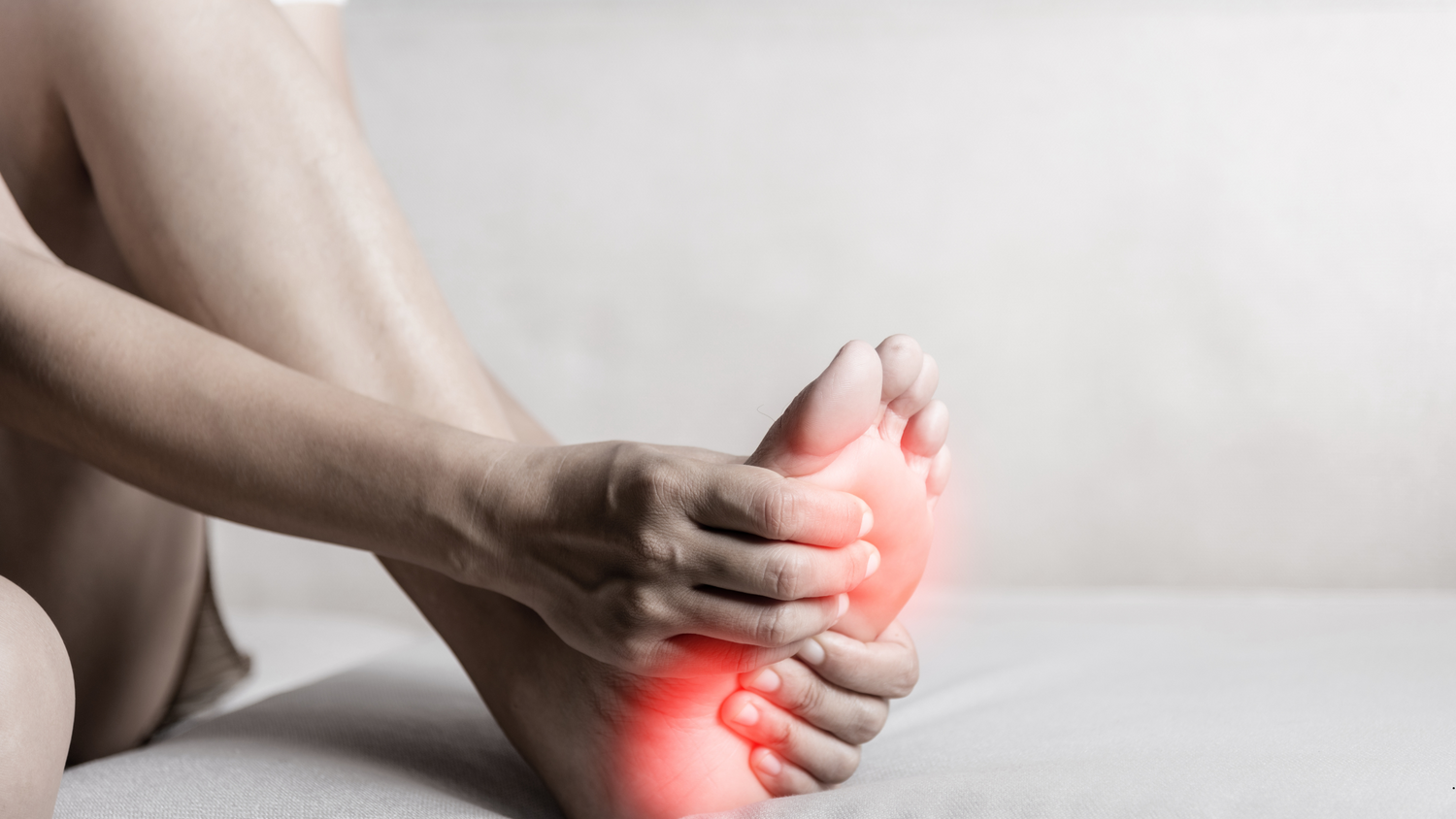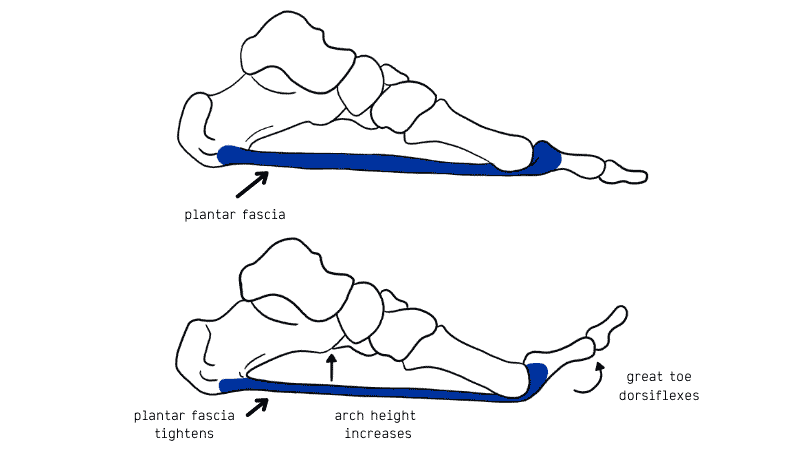Human Movement Laboratory, Duquesne University, Pittsburgh, PA
Prefabricated Foot Orthotics Result in a Reduction in Tibital Rotation During Hopping in Females
Houglum PA, Carcia CR: Kristen McMaster Human Movement Laboratory, Duquesne University, Pittsburgh, PA
Original Article: https://www.jssm.org/volume05/iss4/cap/jssm-05-646.pdf
Excessive internal tibial rotation during deceleration activities increases anterior cruciate ligament strain and injury risk. Foot orthotics have been utilized to decrease internal tibial rotation during walking and running. The effect of foot orthotics on tibial rotation during deceleration tasks however is unknown. Therefore, the primary purpose of our study was to compare tibial rotation during two deceleration tasks with and without a foot orthotic.
As females exhibit greater internal tibial rotation during deceleration tasks compared to males, a secondary purpose was to determine if males and females responded differently between test conditions. Using a repeated measures[RM] counterbalanced design, a convenience sample of 20 participants (age=22.1±0.7yrs; height=171.1±8.6cm; mass=68.3±10.1kg) completed three trials of a hopping and landing task with and without a prefabricated foot orthotic. The prefabricated foot orthotic (Interpod; St Kilda, AU) was semi-rigid and included a 6° rear-foot varus post.
Participants performed a single-leg hop at a distance equal to 45% of their height onto the center of a force plate. They also performed a single-leg landing from a box (height=25cm) onto the center of a force plate. An electromagnetic tracking system measured three-dimensional lower extremity kinematics while the force plate identified ground contact. Tibial excursion was defined as the difference between peak rotation and initial contact joint angles.
A mean of the three trials for both activities and conditions was used for data analysis. Hop and land data were analyzed with separate RM ANOVA with one within factor at two levels (foot orthotic; no foot orthotic) and one between factor (sex). There were no differences in tibial rotation with or without a foot orthotic for either the hop (P =0.33) or landing activity (P =0.13). When sex was considered, a hop by sex interaction was noted (P =0.028) indicating males and females responded differently between test conditions. Tukey’s post hoc analysis revealed that while male tibial excursion did not differ between test conditions, female internal tibial excursion decreased from 4.5±3.7° without the foot orthotic to 3.2±3.9° with the foot orthotic. A land by sex interaction however was not apparent (P=0.87). When male (n=7) and female (n=13) groups were compared it was observed that females internally rotated 5.3±7.5° and 6.1±7.58° more than males for both the hopping (P=0.006) and landing (P =0.01) tasks, respectively.
The results suggest that females internally rotate more than males during both hopping and landing and that a prefabricated foot orthotic device is capable of decreasing internal tibial rotation in females during hopping. Additional study investigating the effect of a foot orthotic device on lower extremity kinematics in females is warranted


